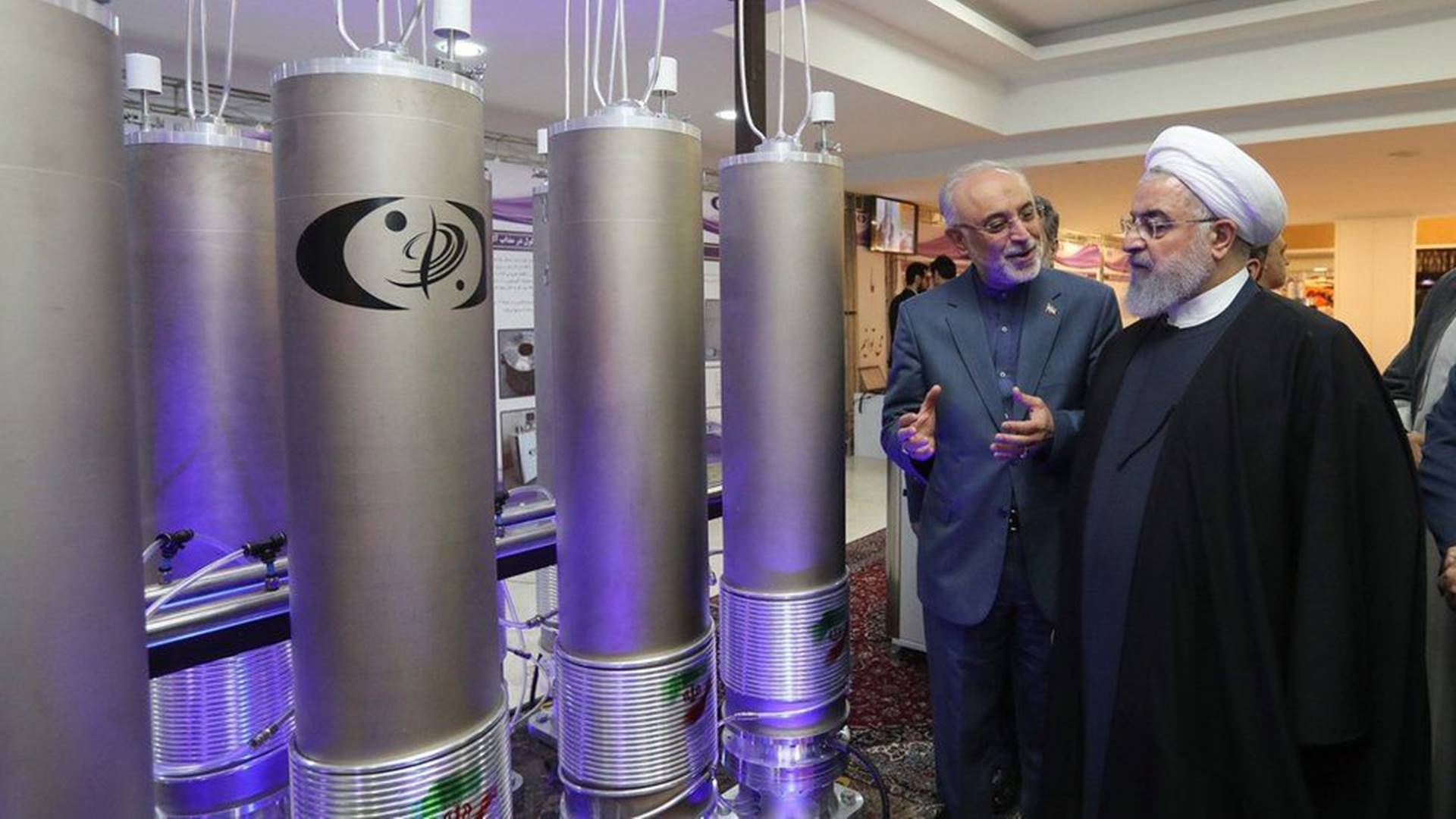Iran intends to start enriching uranium to 20% purity, the UN’s atomic watchdog says – its most significant breach of an international nuclear deal so far.

This remains short of the 90% required to make a nuclear bomb. But under the 2015 agreement, Iran was supposed to keep enrichment below 4%.
Iran began breaching the deal after President Trump took the US out of it and re-imposed crippling sanctions.
However, the UK, France, Germany, Russia, and China all hope it can be revived.
What is Iran planning?
The International Atomic Energy Agency (IAEA) said Iran had informed it of its plans to enrich to a purity of up to 20% at its Fordow Fuel Enrichment Plant, a facility built deep inside a mountain.
But the agency added: “Iran’s letter to the agency … did not say when this enrichment activity would take place.”
Iran breached the 3.67% purity cap imposed by the nuclear deal in 2019 but the enrichment level had remained steady at up to 4.5% since then.
However, the increase to 20% was mandated in a law passed by Iran’s parliament last month in response to the assassination of the country’s top nuclear scientist, Mohsen Fakhrizadeh.
It also mandated the blocking of UN inspectors from Iran’s nuclear facilities at Natanz and Fordow.
What is enriched uranium?
Enriched uranium is produced by feeding uranium hexafluoride gas into centrifuges to separate out the most suitable isotope for nuclear fission, called U-235.
Low-enriched uranium, which typically has a 3-5% concentration of U-235, can be used to produce fuel for commercial nuclear power plants.
Highly enriched uranium has a concentration of 20% or more and is used in research reactors. Weapons-grade uranium is 90% enriched or more.
Iran’s pinnacle nuclear scientist killed in an obvious assassination, kingdom media reviews
Why do limits on uranium enrichment matter?
Observers say increasing enrichment could shorten Iran’s “break-out time” – the time it would theoretically take to develop a nuclear bomb.
Iran insists its nuclear program is exclusively for peaceful purposes.
But suspicions that Iran was developing a nuclear bomb prompted the EU, the US, and the UN to impose sanctions in 2010.
The 2015 deal – signed with China, France, Germany, Russia, the UK, and the US – was designed to constrain the program in a verifiable way in return for sanctions relief.
What are the prospects for reviving the deal?
President Trump pulled out of the agreement in May 2018, calling it “decaying and rotten”.
But President-elect Joe Biden has said he would return the US to the agreement – negotiated under President Obama – and would lift sanctions if Iran returned to “strict compliance with the nuclear deal”.
Mr. Biden, who is due to be sworn in as US president on 20 January, told the New York Times last year that “it’s going to be hard”, but that “the last goddamn thing we need in that part of the world is a build-up of nuclear capability”.
For its part, Iran has expressed interest in once again complying with the agreement should there be a return to full implementation by the US.
If Mr. Biden “returns to the situation as it was in 2017, then so will we,” said Iranian President Hassan Rouhani in December.
BBC / Balkantimes.press
Napomena o autorskim pravima: Dozvoljeno preuzimanje sadržaja isključivo uz navođenje linka prema stranici našeg portala sa koje je sadržaj preuzet. Stavovi izraženi u ovom tekstu autorovi su i ne odražavaju nužno uredničku politiku The Balkantimes Press.
Copyright Notice: It is allowed to download the content only by providing a link to the page of our portal from which the content was downloaded. The views expressed in this text are those of the authors and do not necessarily reflect the editorial policies of The Balkantimes Press.
